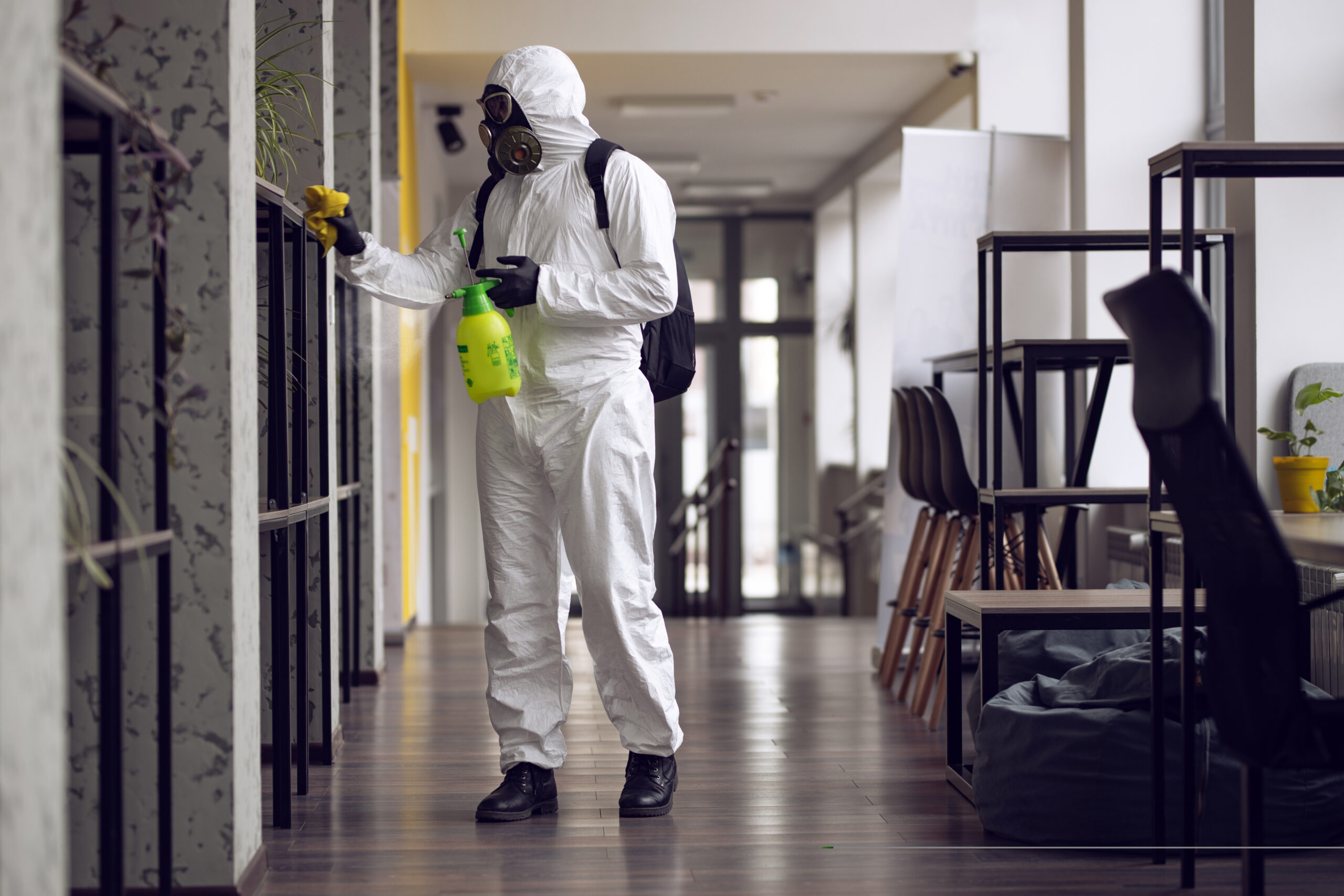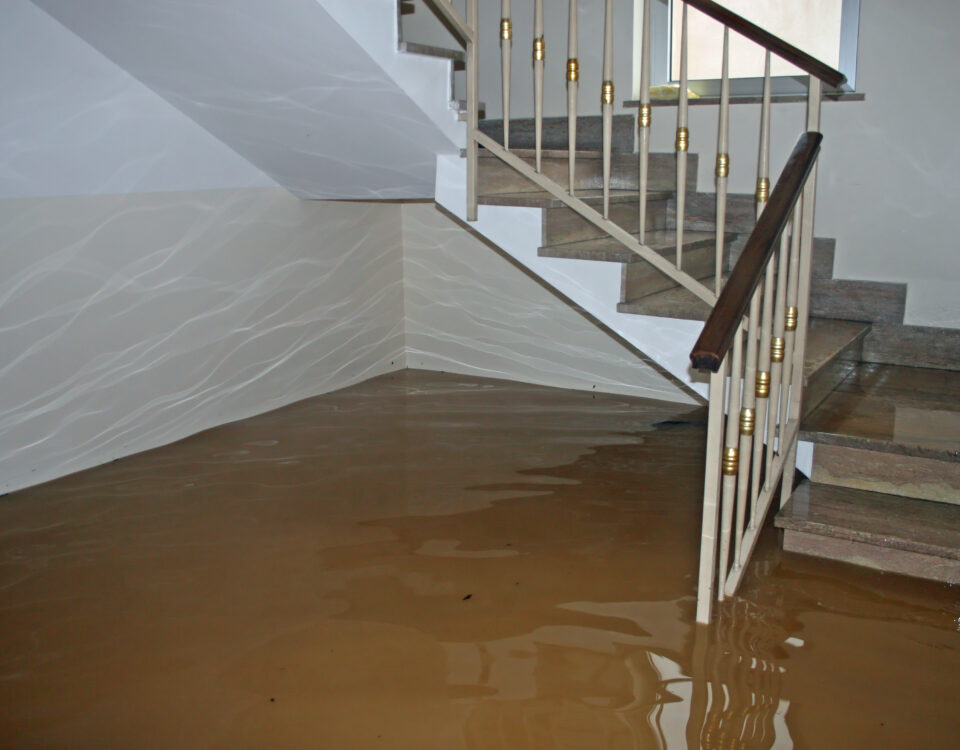
What Are The Types of Water Damage Categories?
September 25, 2022
Sump Pump Failure Cleanup & Mold Prevention
September 25, 2022can mold damage materials throughout your home or commercial property, but it can also cause a wide range of medical complications.
People with respiratory allergies and chronic medical conditions frequently have a reaction to mold spores and mycotoxins in the air. Though even perfectly healthy individuals can also start sneezing, coughing, or develop a rash when frequently in the presence of mold-affected areas. This is even more likely to be an issue if dangerous strains such as “Toxic Black Mold” are present.
Signs Of A Mold Problem
- Discolored splotches on walls & woodwork
- Musty odors in one or more rooms
- Recent flooding or water damage
- People sneezing & coughing
- Symptoms go away when traveling and return
What Causes Mold To Grow Indoors?
In truth, mold spores live nearly everywhere in the world. They float around us in the air seemingly harmless and in low concentrations. It’s when mold spores find their way indoors that they can start to become a problem.
Mold needs moisture and warmth for spores to germinate into a colony. This means that mold is more common in the summertime, though ambient spores can still activate indoor in the winter if conditions are right.
The following are some of the common factors that can lead to an indoor mold problem in your home or commercial property.
Failing HVAC Or Over-Taxed Air Conditioning
Air conditioners are designed to run for a modest period of time. If your AC system is running constantly condensation can start to build up which provides the perfect spawning grounds for mold development.
Localized Humidity
Some locations in a building like a basement crawl space, lesser-used downstairs guest rooms, and attics with a roof leak can hold excess humidity. When temperatures are over 60-degree Fahrenheit it can allow ambient mold spores to germinate into a more serious colony.
Recent Water Damage
Leaky pipes, ruptured water mains, roof leaks, and water in the basement can saturate porous materials like wood and drywall. Mold spores can then exploit these areas to develop a colony. Sometimes with you even realizing they were there until they become a major problem.
Mold Needs Moisture To Live
Mold colonies need moisture in the form of lingering water or high ambient humidity in order to stay active. Dropping the ambient humidity below 55% will often dry the air out to the point where the mold colony can no longer thrive and reproduce. You can do this in a variety of ways.
Upgrade Your Air Conditioning System
If your air conditioner is constantly running then it likely can’t cycle the way it is supposed to. This can lead to a build-up of humidity and condensation throughout the property as well as the ventilation system. Upgrading, updating, or repairing your HVAC system will go a long way toward keeping ambient indoor humidity levels low.
Place Dehumidifiers In Key Locations
Basement crawl spaces and downstairs rooms are typically prone to high humidity during the summer. Placing a simple dehumidifier in these rooms can help capture humidity and create the sort of environment that mold spores can’t exploit.
Upgrade & Use Proper Ventilation
Poor ventilation or ventilation systems that are not used in commonly moist rooms like bathrooms, kitchens, and laundry rooms can also increase the risk of mold colonies developing. Make sure that all your ventilation systems in these rooms are operating at peak efficiency and then encourage all members of the family to use them.
Make Necessary Repairs
Minor roof leaks, gutter problems leaky pipes, and foundation cracks can all increase the amount of moisture and ambient humidity in your home or commercial property. Make sure to repair any of these issues proactively to help maintain relatively low indoor moisture levels throughout the year.
Does Mold Die After Drying Out?
As a type of fungi mold is surprisingly resilient. If mold has managed to establish a foothold in your home, an effective drying strategy will go a long way toward forcing it into dormancy. Though this is an approach that needs to be ever-vigilant. Once moisture or high humidity return in any form, the mold can come out of dormancy to become an active problem once again.
This can happen as ambient indoor humidity levels approach more than 35 to 50% or when temperatures rise above 55 to 60 degrees. In these restorative conditions, even the most dormant of mold colonies can reactivate in as little as 24 to 48 hours.
It’s also worth noting that dry mold spores become airborne very easily. This means that you could dry out a mold-affected area in your home to a degree that it forces all the active mold colonies to go dormant. Then when you try to clean up the mold colony yourself, the mold spores are disturbed and alight throughout the rest of your home. If this previously mold-free room has moisture or lingering humidity, a new colony could start to form and you have to deal with the problem all over again.
Professional Mold Remediation & Prevention Strategy
If your home or commercial property shows signs of a significant active mold problem, you need to act fast. The problem is that a lot of the cleaning products and equipment found at the consumer level aren’t truly effective at mold remediation.
Professional services like Affordable Remediation have commercial-grade equipment and professional cleaning products to eradicate mold from all affected areas. Our technicians can then properly dispose of all mold-affected materials and furniture according to all local, state, and federal environmental regulations.
Afterward, we can help implement an effective mold prevention strategy customized to your property. This might include placing dehumidifiers in key locations, and upgrades to HVAC systems to keep vulnerable areas dry and mold-free. We might also apply some mold preventive solutions to ensure that should mold spores return to particularly vulnerable areas, that they will find an unfriendly environment to colonize.
See articles of mold removal




